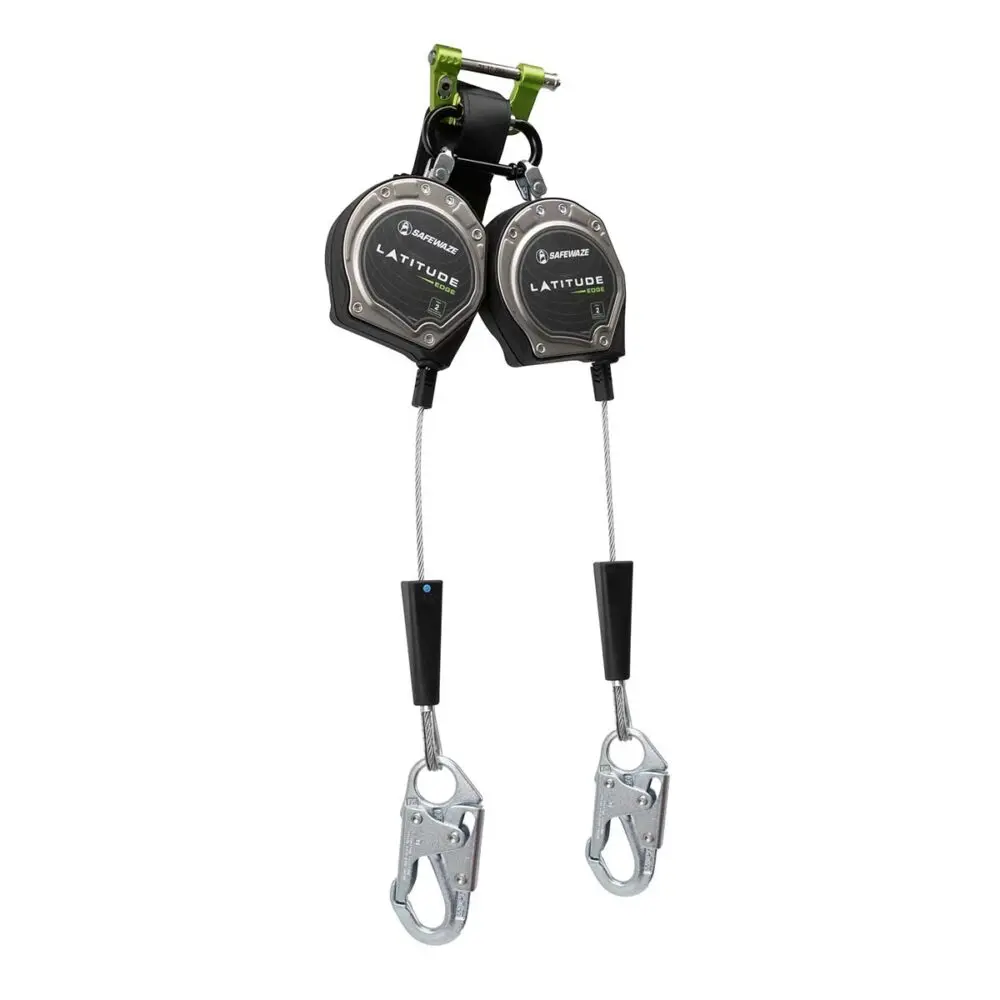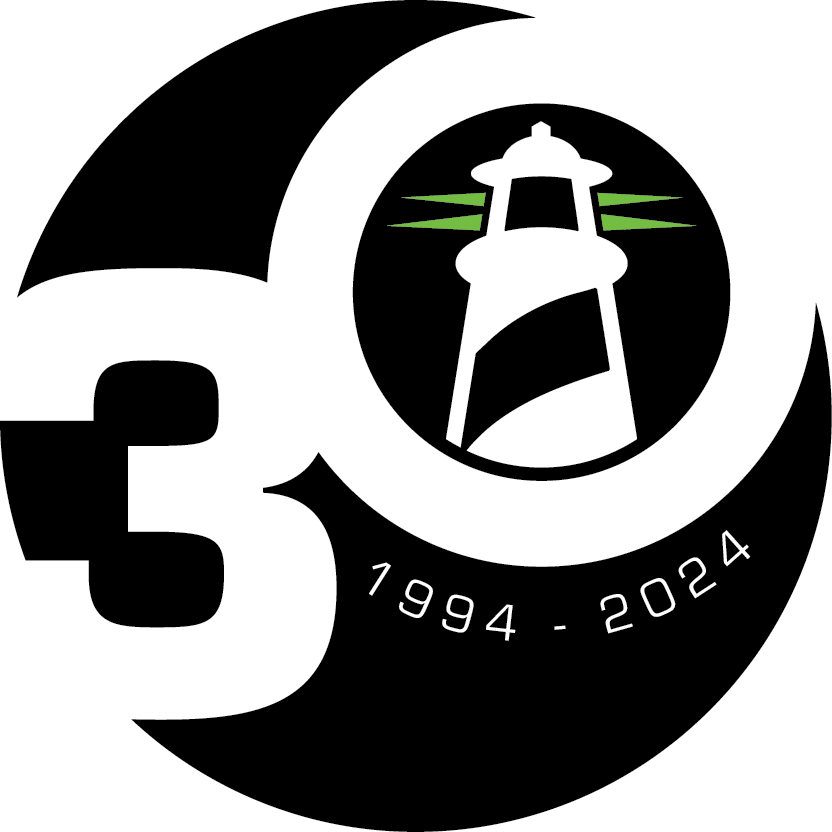Permanent markers use solvents that allow the ink to dry very quickly. Once exposed to the air, the solvents in the permanent markers evaporate almost immediately, leaving just the ink. Neither the solvents nor the ink in permanent markers will cause any harm to nylon or polyester webbings. There may be some discoloration or bleeding between the webbing finish and the color of the marker ink but there will be no loss in breaking strength because of the marker. Safewaze recommends the use of a marker rated for use on items that can be cleaned if the equipment must be marked.
Private labeling and taping can also be attached if they do not interfere with the integrity of the webbing or hardware performance characteristics. Safewaze advises against any marking upon factory labels as this may interfere with the readability of the label. Additional grommets, rivets or holes shall not be installed to attach private labels. Do not attach labels, rings or other foreign materials to any of the full body safety harness D-rings or lanyard snaphooks.



